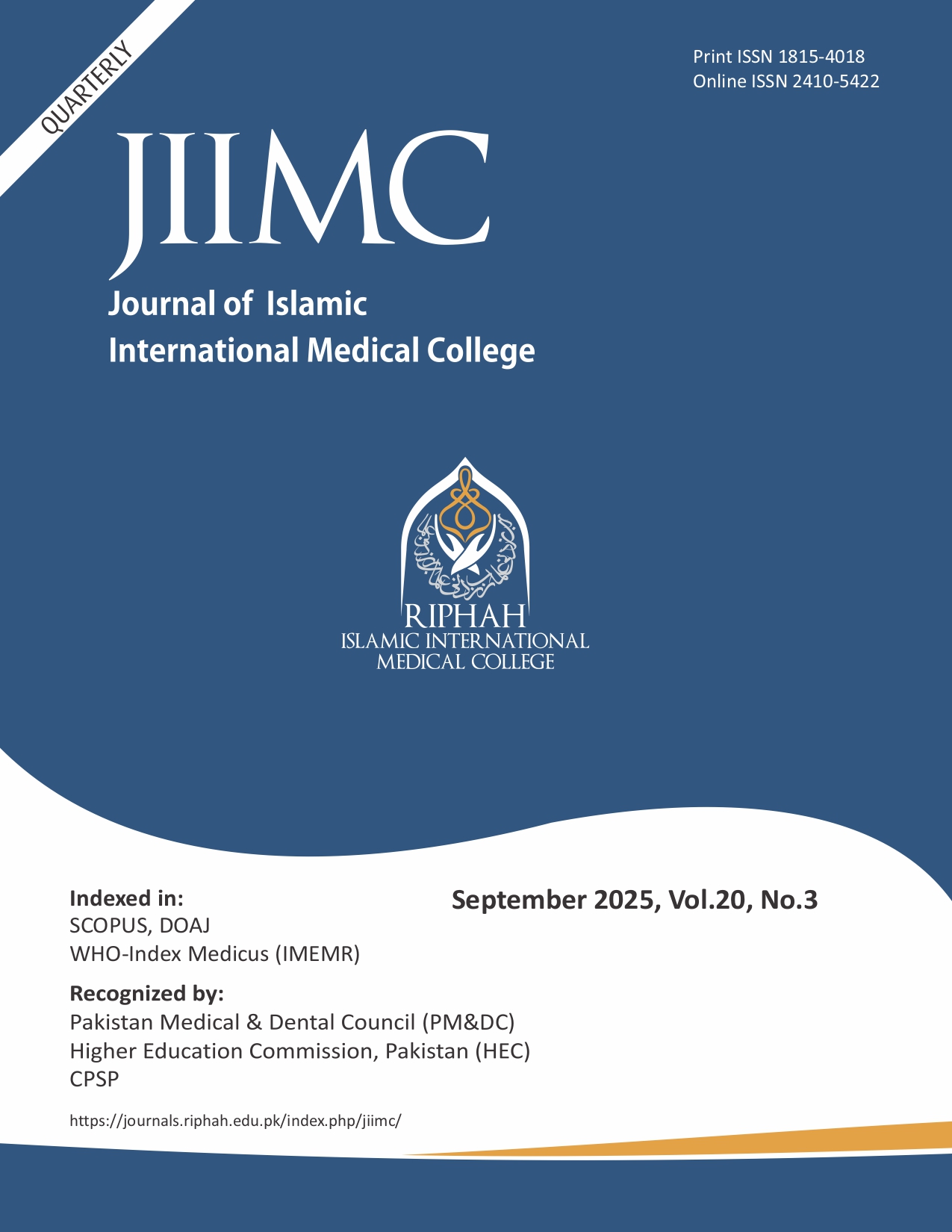EDITORIAL: The Triad of Modern Healthcare: Unifying Accreditation, Technology, and Safety Culture
Abstract
For healthcare institutions in Pakistan, the journey toward world-class patient care often hinges on a critical ambition: achieving international accreditation. Organizations like the Joint Commission International (JCI) or Accreditation Canada offer more than just a symbolic certification; they're a powerful force for a complete overhaul of how patient care is delivered. But to truly unlock this potential, we need to go beyond simply ticking boxes. The real transformation happens when we blend three essential elements: the strict discipline of accreditation, the game-changing power of technology, and the fundamental shift to a proactive safety culture. It's a triad, and each part is crucial.
At its heart, accreditation gives us a solid framework for constant improvement. It forces a deep dive into every corner of our operations, from making sure we've got the right patient to managing medications and keeping infections at bay. But here’s the thing: that framework today is totally tied to technology. The digital shift is not an optional extra; it's a critical part of a successful accreditation strategy. Think about it. Manual, paper-based processes aren't just slow, they are a huge source of errors that can put patients at risk. The meticulous record-keeping and streamlined workflows that accreditation demands are a perfect match for what modern technology can do.
Electronic Health Records (EHRs), for instance, create a single source of truth for patient data. Clinical decision support systems, many of them now with some AI-enabled clinical decision support (CDS), act as a safety net. They can flag a bad drug interaction, alert a doctor to a patient's declining condition, and make sure everyone on the care team has the most up-to-date information. In a way, accreditation pushes us to adopt the very tools that make our systems stronger, more reliable, and ultimately safer.
While systems and tech provide the skeleton of quality healthcare, a robust culture of patient safety is the lifeblood. The best tech and the toughest standards will crumble if staff are too scared to report mistakes or near-misses. This is where clinical governance becomes so incredibly vital: in building a just culture. This is a huge shift away from a blame-game model where errors are met with punishment. Instead, it creates an environment where staff feel safe to speak up, learn from what happened, and help fix the system...........................................................................................................................



